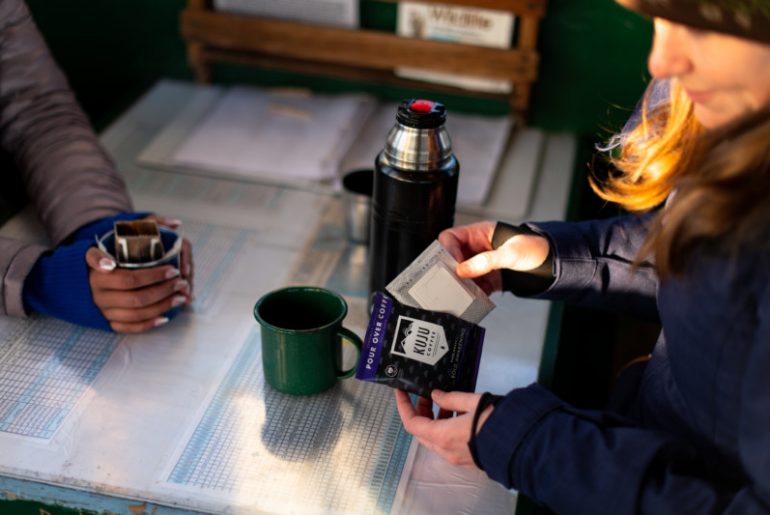BY TOM WICKY
These three tips can help you move products outside of this online retailer as well.
Amazon is a behemoth of a marketplace that every e-commerce merchant should be on, or at least consider. However, with competition so fierce, it can be all too easy to fade into the background.
Follow these three practical steps to get more sales on and off of Amazon.
Address issues proactively
Pay attention to product reviews and feedback. If a particular issue or concern is recurring, address it at the source, be it product design or shipment packaging.
Then, when a customer has a negative experience, apologize sincerely and offer solutions, which could be a refund, replacement, or a discount on future purchases.
Offer additional value
If your product requires assembly or specific instructions, consider creating easy-to-understand online guides or video tutorials. Link to these resources in your product listings or follow-up emails.
Another way to add value is to reward loyal customers with exclusive discounts or early access to new product launches.
2. Build brand loyalty
Building brand loyalty can be difficult when a marketplace has so many options and sellers to choose from. However, you can help promote customer loyalty by being strategic in your packaging and investing in your brand presence on social media.
Personalized touch
Consider including a personalized thank you note in your product packaging. While this is logistically more challenging with FBA, you can achieve it with some planning.
After purchase, you can also send a follow-up email checking in on the customer’s experience and offering assistance if needed.
Build an off-Amazon presence
Engage with customers on social media platforms like Instagram, Facebook, or Pinterest. Share behind-the-scenes content, gather feedback, and announce promotions. You could also create a brand website and encourage Amazon customers to sign up for newsletters. This allows you to communicate directly with your customer base and foster loyalty.
Providing stellar customer service can significantly enhance brand perception. Additionally, acquiring a new customer is often more expensive than retaining an existing one. By focusing on building trust, loyalty, and offering unparalleled support, Amazon FBA sellers can ensure long-term success.
Use an experienced FBA prep partner to ensure your product packaging complies with Amazon guidelines. Companies such as mine, MyFBAPrep, can help you strategize your unique packaging, source materials, put everything together, and send shipments into Amazon for you.
3. Enhance customer engagement and reviews
Amazon’s marketplace is competitive, and often the difference between a closed sale and a missed opportunity can be your product’s reviews and how you engage with customers. As such, you should actively solicit reviews.
Use Amazon’s automated email system
Amazon’s system can ask customers for reviews after they’ve received and spent time with their purchase. A gentle and neutral reminder can sometimes nudge satisfied buyers to leave positive feedback. Then, show appreciation for positive reviews with a brief thank you to foster goodwill and loyalty.
However, if someone leaves a negative review, promptly address their concerns. A professional and courteous response can sometimes turn a dissatisfied customer into a loyal one.
Brush up on Amazon’s review policies before you request reviews. Importantly, reviews must be honest and authentic, and you cannot incentivize positive reviews.
Handle returns gracefully
One of the advantages of Amazon FBA is its streamlined return process. Ensure customers know how easy it is to return products if they’re dissatisfied.
When a product is returned, try to ascertain the reason. This feedback can be invaluable for product improvements.
While a quality product and optimized listing are critical, how you engage with customers can make or break your brand’s reputation on Amazon. Positive interactions and reviews boost immediate sales and drive long-term success by building trust and credibility on the marketplace.
By prioritizing your customers and building loyalty, you can enjoy more sales and engagement both on and off Amazon. Having consistent customers, and providing a reliably good customer experience will help build your brand’s reputation.
Feature Image Credit: Getty Images
BY TOM WICKY
CO-FOUNDER AND CEO OF MYFBAPREP


